Mushroom hunting in Tuscany: a brief guide to the most common varieties and where to find these delicious berries.
Mushrooms in Tuscany: An Essential Guide for Gourmet Hunters
FAutumn has finally returned!What does this particular time of year make you think of? Well: the smell of damp undergrowth, falling leaves, trips to the woods to collect chestnuts and… look for mushrooms.
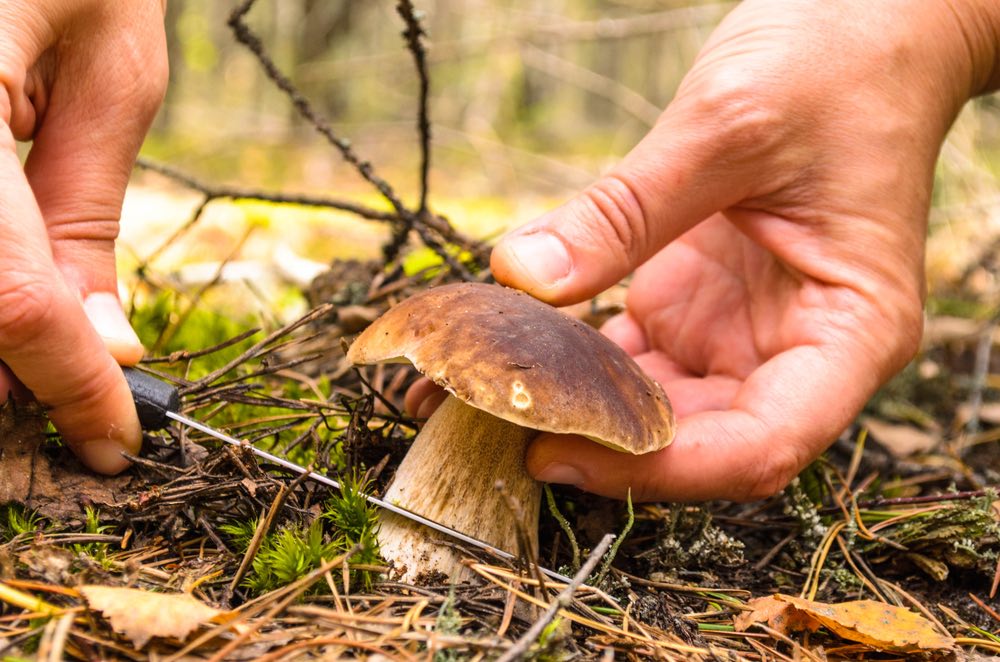
Mushrooms, a typical ingredient of Tuscan cuisine
The varieties of species of mushrooms in Tuscany there are really so many, thanks also to the fact that, for extension of wooded areas, ours, is the first region of Italy.
In all fairness, it must be said that the mushrooms They grow in every season of the year, but it is perhaps in autumn that we find one greater variety of this exquisite product, with multiple organoleptic and nutritional properties.
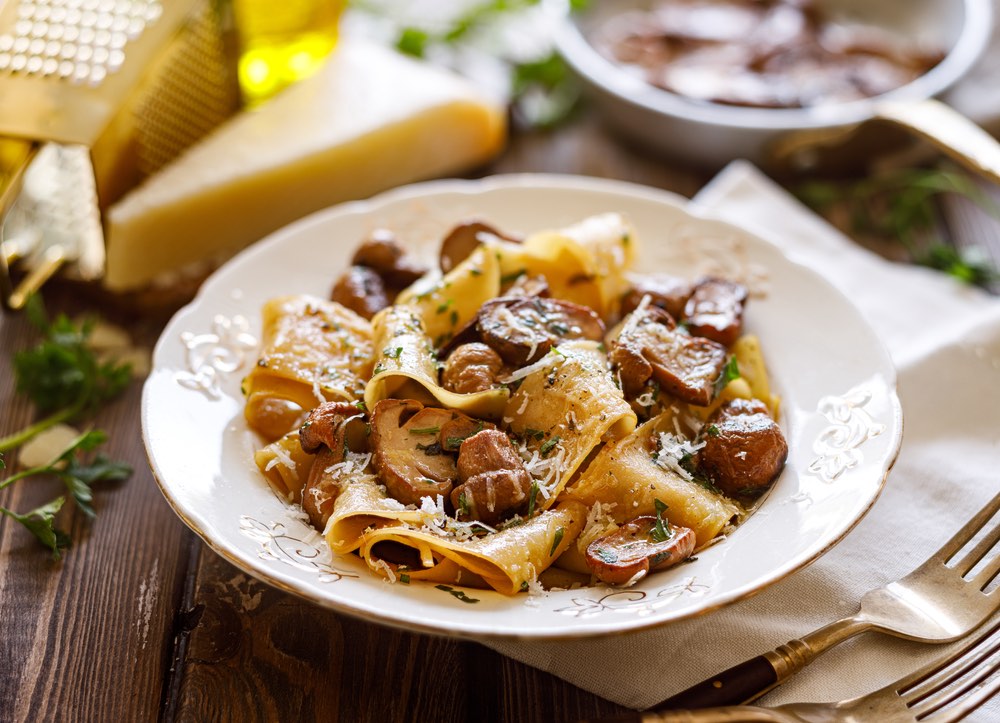
The mushroom in history
The mushroom has since remote times fascinated, attracted and why not, even terrified the various populations of the earth, creating a aura of mystery around him. They attributed to him mystical powers And doctorsLast but not least, legends have also arisen surrounding him.
Aztecs, Mayans and hallucinogenic mushrooms
The Aztecs he Maya, considered hallucinogenic mushrooms as “divine flesh“, by virtue of the divinatory powers they conferred on shamans.
The Ancient Egyptians and the Herb of Immortality
Egyptian hieroglyphics, on the other hand, dating back to around 4600 years ago, report that the Pharaohs they believed that mushrooms were “herb of immortality“. The Ancient Egyptians believed, in fact, that the wild mushrooms were children of the Gods, sent to earth by lightning. For this reason only the Pharaohs had the privilege to eat them.
The Greeks and their suspicion of mushrooms
Greek civilization looked at mushrooms with suspicion and hostility, because considered poisonous. So they were very rarely collected and eaten.
Mushrooms, divine breadcrumbs
In more recent times, a legend tells that mushrooms were generated by Jesus and from Saint Peter. It is said in fact that the two were walking in the woods and were eating some bread: a loaf of white bread, and the other of black bread. The breadcrumbs fallen to the ground, they would have generated edible mushrooms and poisonous mushrooms.
The Iceman and the Healing Mushrooms
But it doesn’t end here. Even in the mummy (The Iceman) found in Tyrol, we have a confirmation of the presence of mushroomsIt is reported that among his possessions, there was a medical kit containing a mushroom, the Piptoporus betulinus, with antibiotic properties.
Agrippina, in the triclinium, with poisonous mushrooms
History also reports events in which mushrooms were protagonists of brutal events, such as committing crimes. The first known murder was probably the one carried out by Agrippina. As we know she was the wife of theEmperor Claudius, and secured the future of the son Nero, poisoning Claudio with a banquet of poisonous mushroomsThe mushroom was a food appreciated and delicious by the Romans, but it was also a harbinger of death. The term fungus, seems to derive from Latin, and means “bringer of death“.
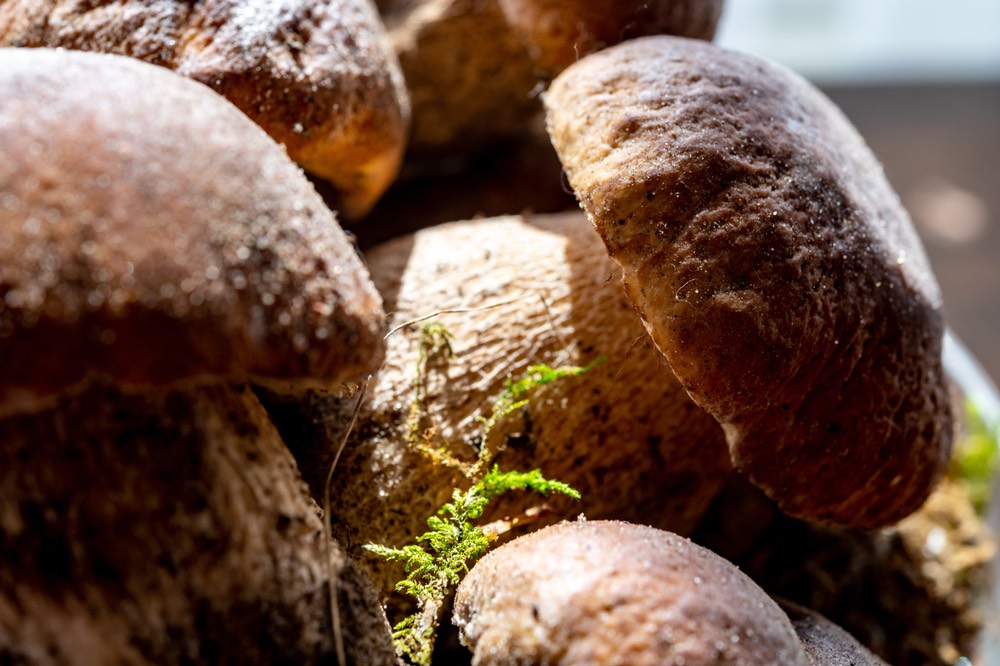
Mushrooms, a typical ingredient in Tuscan cuisine
Coming back to the present, the fungus It is a versatile ingredient and widely used in Tuscan cuisine. If used wisely, it generates exquisite dishes with unique flavors, offering often extraordinary taste experiences.
Going through the woods to looking for mushrooms in Tuscany It’s a fairly common practice. Also because, besides spending a beautiful day in nature, it can be a lot of fun. Have you ever organized… skill competitions, who can find the most of them? But what are theand variety of Tuscan mushrooms? But above all, in Tuscany where you go to look for mushrooms?
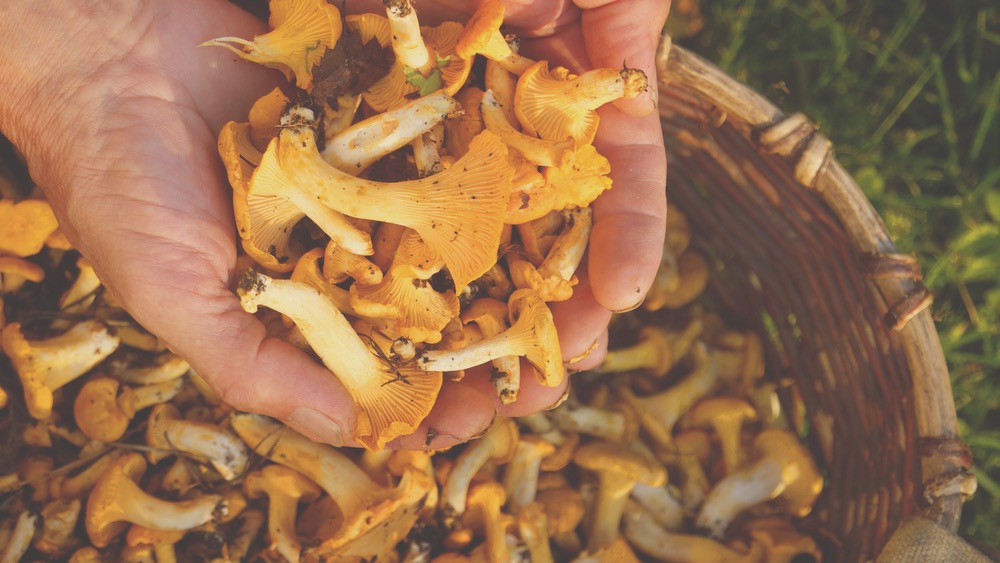
Mushrooms in Tuscany: Many Varieties and Where to Find Them
Below we propose a list of the main varieties of mushrooms in Tuscany and the most popular locations among expert mushroom hunters.
Sleeping
THE dormant mushrooms, they generally grow between February And March, among the fir trees in the Apennine area, in the province of Pistoia and in the PratomagnoThey are characterized by a hat which varies from greyish white to grey/brown.
Morels or Morels
Always in the month of April, along the Tuscan coast which starts from Versilia up to the Maremma, near the maritime pines, ash trees, elms and fruit trees, are the morels or morelsThey are recognizable by their particular hat shape which appears to resemble a sponge, with smooth stem And whitish.
Blackthorn
Among the mushrooms in Tuscany, in the area Mugello, exactly to Firenzuola, between April and May, the prized blackthorn, with an intense and unmistakable scent. They are generally found in clearings, under the hawthorns, and is born nested.
👉 Read also: Monte Amiata cuisine: succulent dishes to savor.
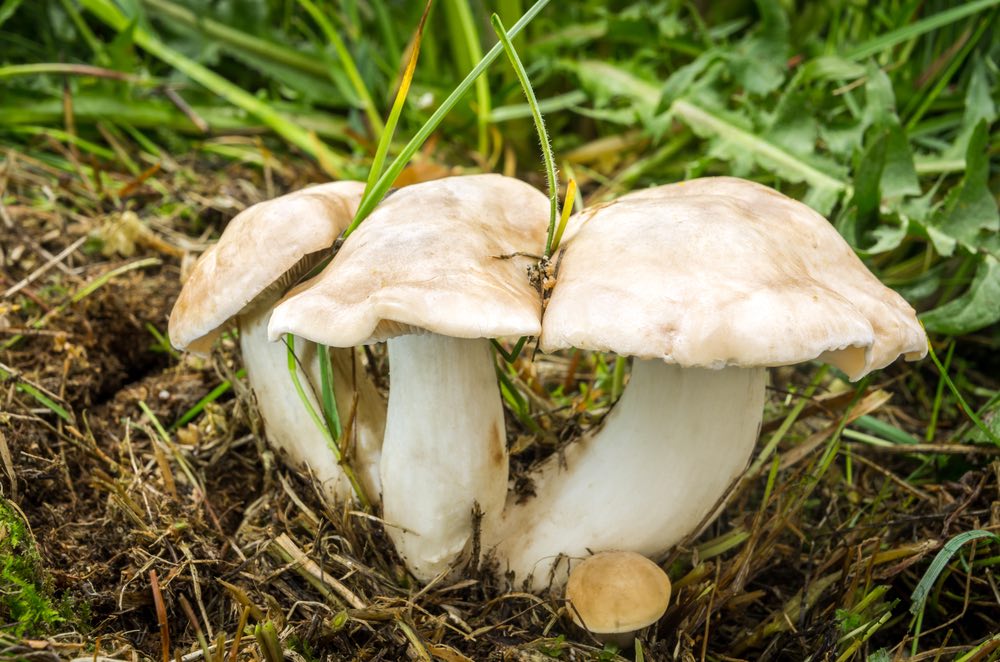
Chanterelles or Roosters
One of the most common varieties of mushrooms in Tuscany, to be collected between June And October, is the cockerel or chanterelleIts unmistakable color intense yellow, makes it recognizable by its funnel shape and pleasant fruity aroma.
Dry legs
Particularly fragrant, but hard to find due to their small size they are the variety of mushrooms that in Tuscany we call dry legsThese cute ones spring mushrooms with a slender but leathery stem and an ochre-coloured cap, they grow in rows or in a circle, and the their scent vaguely recalls the hazelnuts and the almonds.
These mushrooms in Tuscany they grow almost everywhere in the spring season, from the woods of Lunigiana And Garfagnana, to the Mugello, among the beech and chestnut trees of Mount Amiata, up to the Siena area and the Maremma.
Meadow Mushroom
Other Tuscan mushroom typical of the spring season, but what can we find until autumn, it is the meadow mushroom which, if cultivated, is nothing other than the common mushroomsIts cap is light and the color varies from white to yellowish or brown and to the touch stain your fingers, giving off a scent reminiscent of anise. As the name itself suggests, the field mushroom is found in meadows and in the clearings.
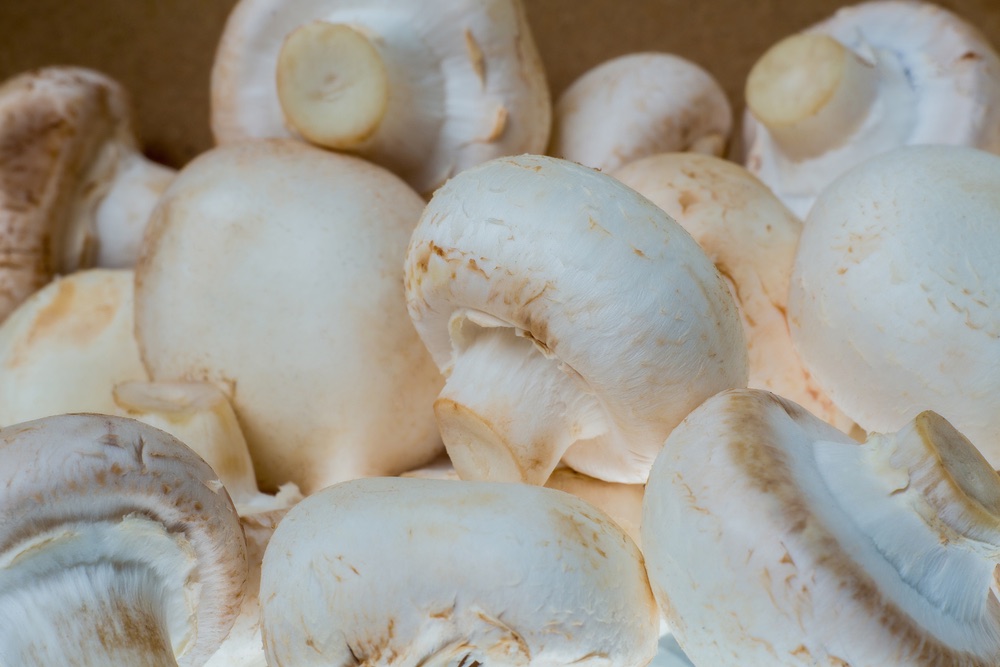
Porcino, Piopparelli or Pioppini
May And June, are generally the periods in which it is possible to start collecting the delicious porcini mushroom, the King of the woods, probably one of the most beloved and well-known mushrooms. Its growth continues until autumn; its brown cap grows among the chestnut groves of the low mountains. Poplars, also known as poplars, also grow during the same period, easily found along meadows or trails.
The summer months between July, August and September are characterised by a good mushroom harvest, especially (weather permitting) in the Casentino, Garfagnana, Mugello, the Apennines and Monte Amiata mountains.
White and red lard, chanterelle, trumpet of the dead, Leccinellum lepidum
Starting from September, mushrooms in Tuscany they are found practically everywhere, from the coast to the mountains. If you want to be on the safe side, choose chestnut woods, beech trees, holm oaks and oaks, where you will find a high concentration of porcini And ovules.
In the month of October to search mushrooms in Tuscany we move in hill, in places where the October sun warms the soil, maintaining the ideal temperature for mushroom growth. You will find white and red larders, chanterelles, trumpets of the dead he leccinellum lepidumThe latter are often mistaken for porcini mushrooms due to their incredible resemblance.
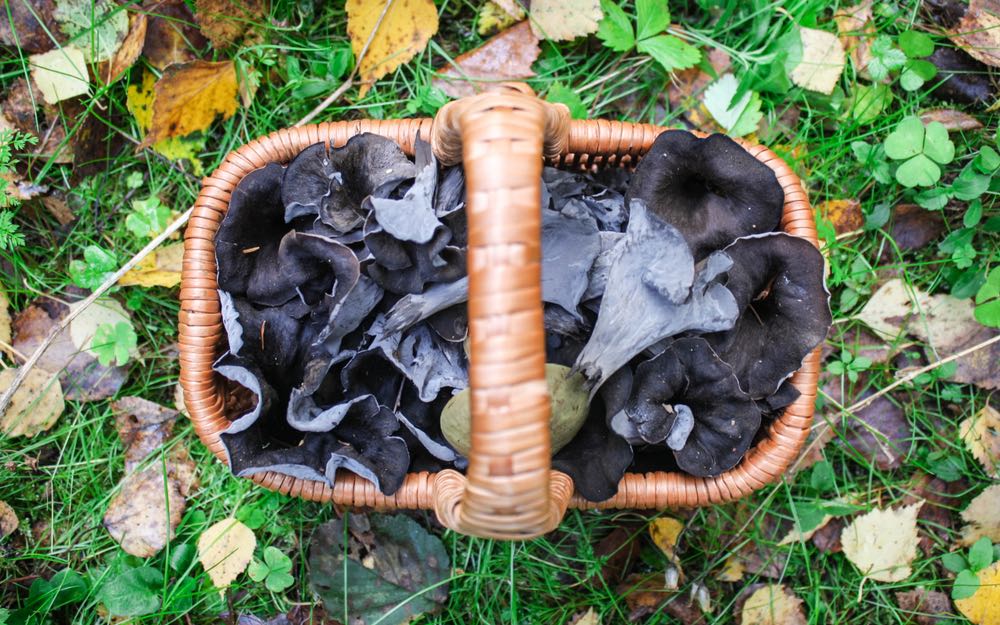
Rules for mushroom hunting in Tuscany
There are a number of behavioral norms, which regulate the mushroom picking in Tuscany. Let us remember that the respect for nature, must be the basis of every outdoor activity. It is strictly prohibited: lighting fires in the woods, abandoning waste, using plastic bags for collection, collecting more than 3 kg per day. For all the rules governing mushroom picking in Tuscany, please refer to specific section of the Region’s website.
There failure to comply Such restrictions can also lead to severe penalties for the occasional mushroom picker.
👉 Read also: Tuscany, a jewel in the crown of biodiversity
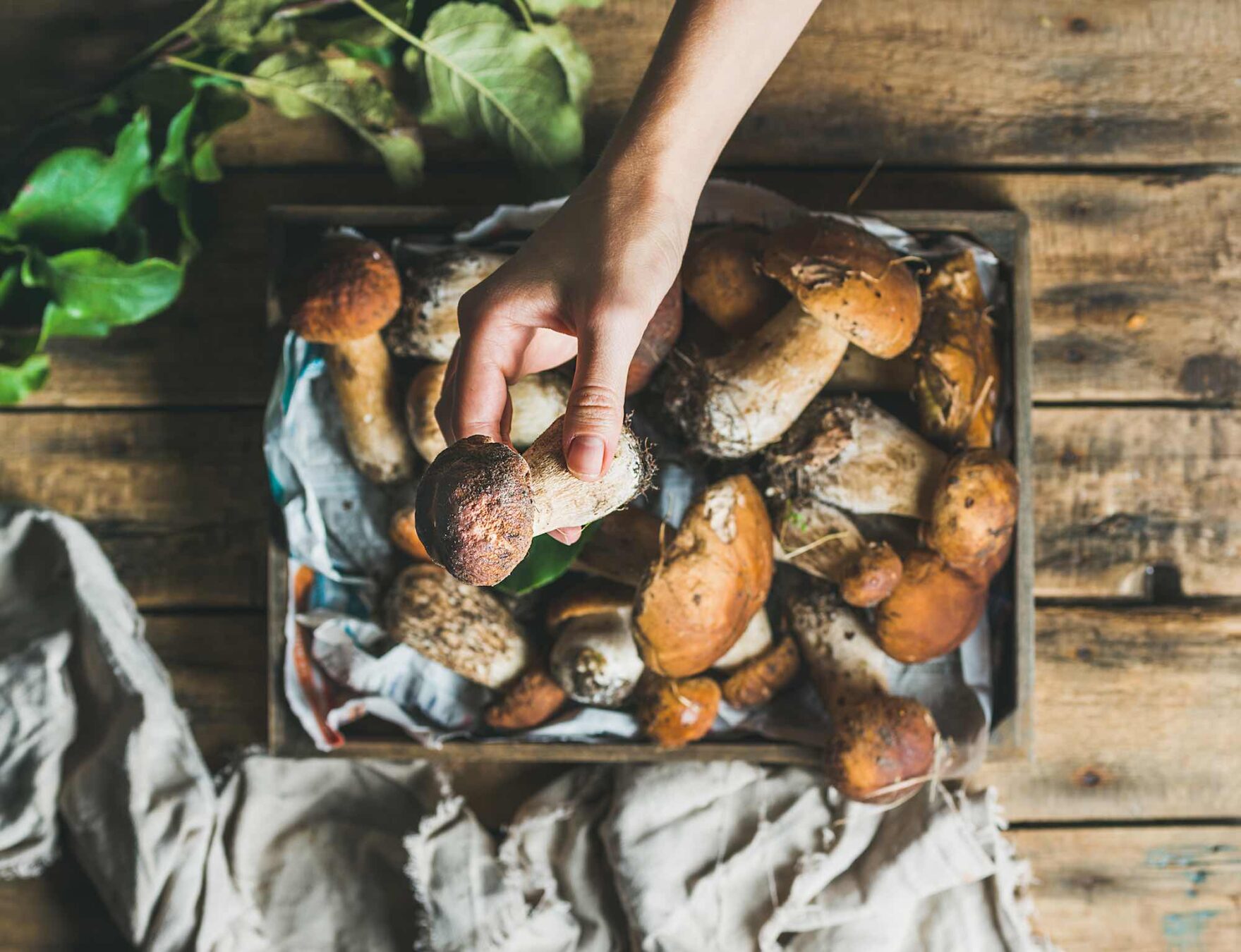
Always check the actual quality of the fruits collected
For those who have never tried their hand at mushroom picking, but also for those who are not true seasoned experts, we recommend making sure of theactual quality of what they have collected.
It is possible consult for free the specialized counters of theTuscan Health Authority, who will be able to provide you with information on the actual edibility of the mushrooms collected. This is the website to contact: uslcentro.toscana.it.
ATTENTION: The images in this article are purely illustrative. It is recommended that you do not use them as a guide to identifying any mushrooms you collect.
📍FOR MORE INFORMATION:
👉 Mushrooms and Tuscan Cuisine: 4 Mouth-Watering Traditional Recipes
👉 5 Tuscan red wines for 5 traditional dishes
👉 Through the woods and villages of the Upper Mugello
👉 Truffles, the gold mines of the Tuscan woods
Is Tuscany your passion? It’s ours too!
Let’s keep in touch
Reproduction Reserved ©Copyright TuscanyPeople
About The Author
[fbcomments url=”https://www.tuscanypeople.com/en/cercare-funghi-in-toscana/” width=”100%” count=”on” num=”3″]

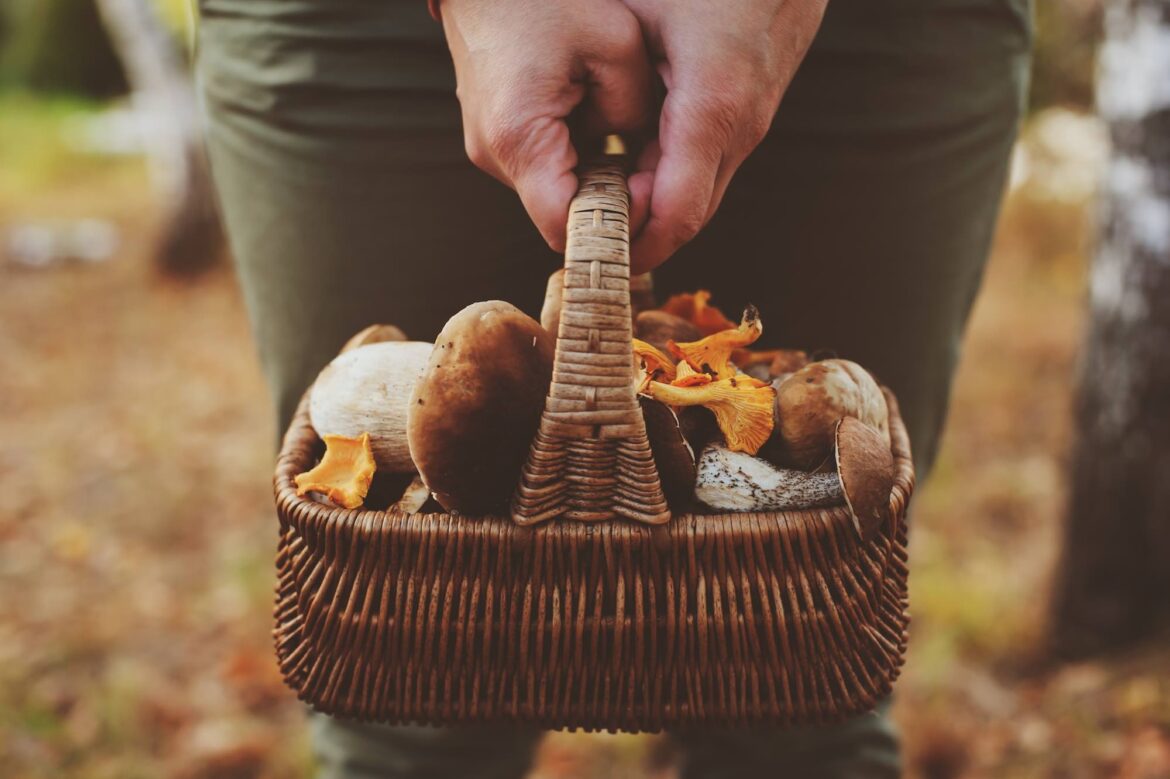
Dining and Cooking